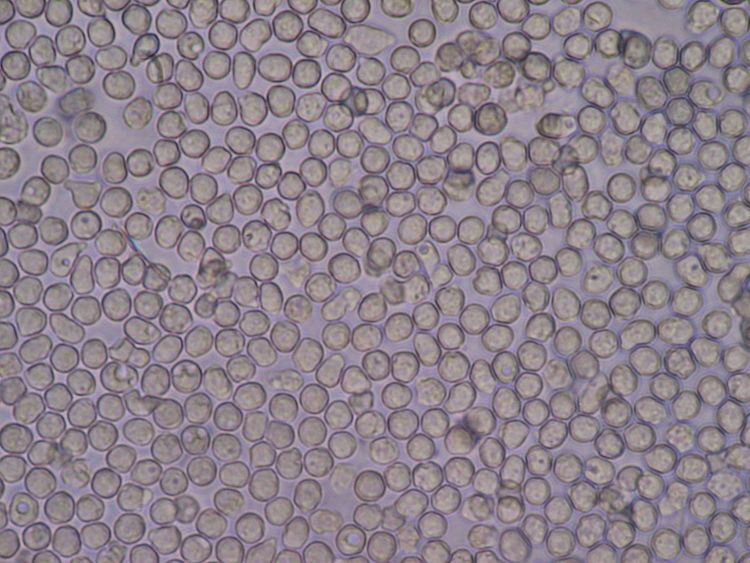MeSH D016482 | MedlinePlus 003579 | |
 | ||
Other codes LOINC Codes for Urinalysis panels | ||
Clinical urine tests are various tests of urine for diagnostic purposes. The most common is a urinalysis (UA), one of the most common methods of medical diagnosis. The word is a portmanteau of the words urine and analysis. Other tests are urine culture (a microbiological culture of urine) and urine electrolyte levels.
Contents
- Target parameters
- Color
- Smell
- Ions and trace metals
- Drugs
- History
- Methods
- Urine test strip
- Microscopic examination
- Other methods
- References
The target parameters that can be measured or quantified in urinalysis include naked-eye (gross) examination for color and smell plus analysis for many substances and cells, as well as other properties, such as specific gravity.
A part of a urinalysis can be performed by using urine test strips, in which the test results can be read as color changes. Another method is light microscopy of urine samples.
Target parameters
Urine test results should always be interpreted using the reference range provided by the laboratory that performed the test, or using information provided by the test strip/device manufacturer.
In addition to the substances mentioned in tables below, other tests include a description of color and appearance.
Color
The following are examples of color change causes and not a complete listing.
Smell
The odor (scent) of urine can normally vary from odorless (when very light colored and dilute) to a much stronger odor when the person is dehydrated and the urine is concentrated. Brief changes in odor are usually merely interesting and not medically significant. (Example: the abnormal smell many people can detect after eating asparagus.) The urine of diabetics experiencing ketoacidosis (urine contains high levels of ketone bodies) also may also have an abnormal odor.
Ions and trace metals
A sodium-related parameter is fractional sodium excretion, which is the percentage of the sodium filtered by the kidney which is excreted in the urine. It is a useful parameter in acute renal failure and oliguria, with a value below 1% indicating a prerenal disease and a value above 3% indicating acute tubular necrosis or other kidney damage.
Drugs
Urine may be tested to determine whether an individual has engaged in recreational drug use. In this case, the urinalysis would be designed to detect whatever marker indicates drug use.
History
Helen Murray Free and her husband, Alfred Free, pioneered dry reagent urinalysis, resulting in the 1956 development of Clinistix (also known as Clinistrip), the first dip-and-read test for glucose in urine for patients with diabetes. This breakthrough led to additional dip-and-read tests for proteins and other substances. The invention was named a National Historic Chemical Landmark by the American Chemical Society in May 2010.
Methods
When doctors order a urinalysis, they will request either a routine urinalysis or a routine and microscopy (R&M) urinalysis, with the difference being a routine urinalysis does not include microscopy or culture.
Urine test strip
A urine test strip can quantify:
Microscopic examination
The numbers and types of cells and/or material such as urinary casts can yield a great detail of information and may suggest a specific diagnosis.
